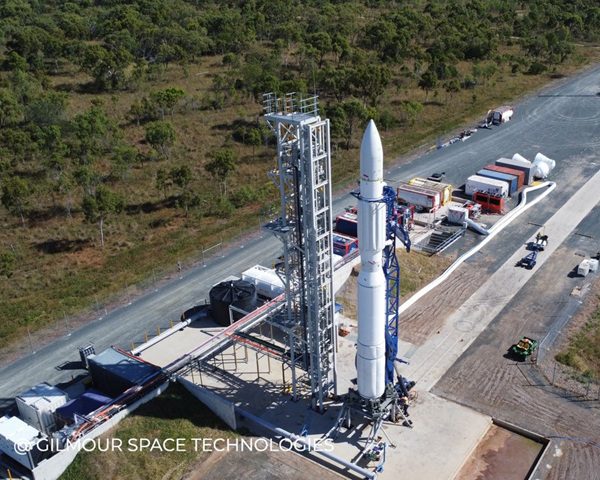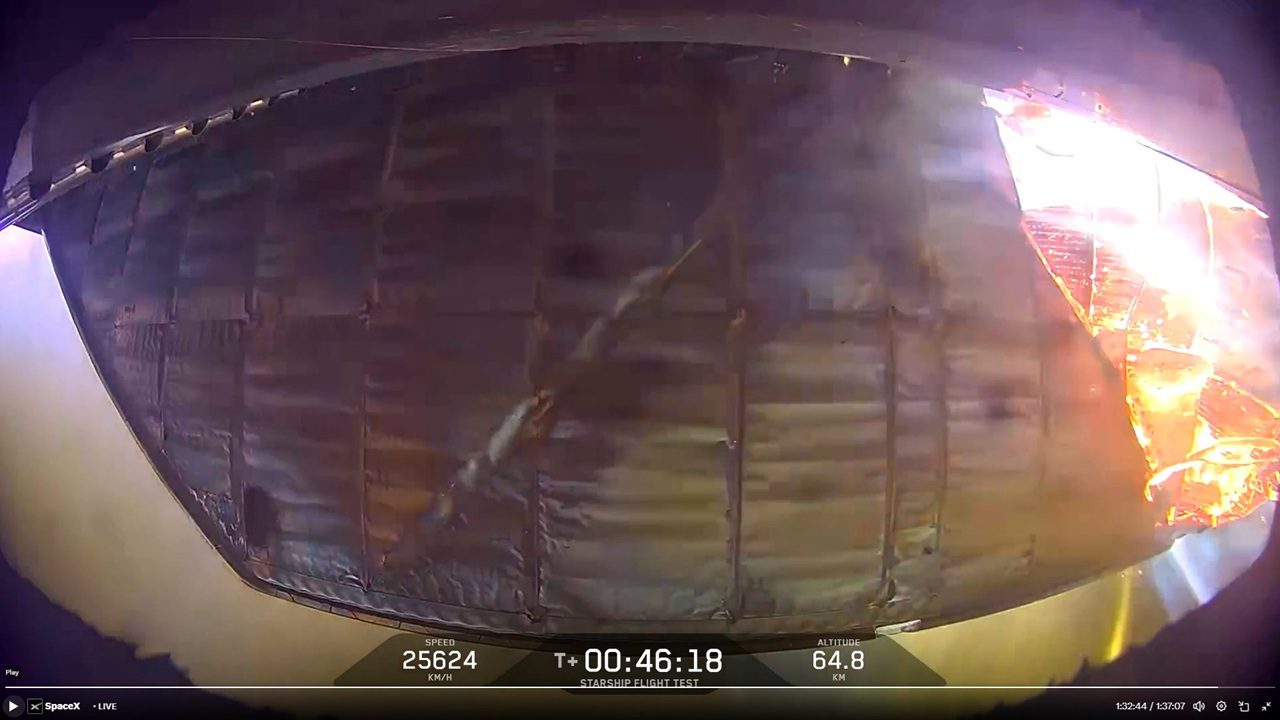According to NASA scientists, an analysis of a rock sample collected by NASA’s Curiosity rover shows that ancient Mars could have supported living microbes. Data returned by the rover’s Sample Analysis at Mars (SAM) and Chemistry and Mineralogy (CheMin) instruments. allowed scientists to identifiy sulphur, nitrogen, hydrogen, oxygen, phosphorus and carbon -some of the key chemical ingredients for life – in the powder Curiosity drilled out of a sedimentary rock at the Yellowknife Bay ancient water stream bed in Gale Crater on the Red Planet.
Further evidence of flowing fresh water was also found. The drilled red rock was discovererd to be made up of a fine-grained grey mudstone interior containing clay minerals, sulphate minerals and other chemicals. These clay minerals are a product of the reaction of relatively fresh water with igneous minerals, such as olivine, also present in the sediment. This ancient wet environment, unlike some others on Mars, was not harshly oxidizing, acidic or extremely salty. The presence of calcium sulphate along with the clay suggests the soil is neutral or mildly alkaline.
Scientists were surprised to find a mixture of oxidized, less-oxidized, and even non-oxidized chemicals, providing an energy gradient of the sort many microbes on Earth. This energy gradient, along with the right chemistry and, most imporatantly, the presence of fresh water, hints that life could have existed on the planet millions of years ago.
“A fundamental question for this mission is whether Mars could have supported a habitable environment,” said Michael Meyer, lead scientist for NASA’s Mars Exploration Program at NASA headquarters in Washington. “From what we know now, the answer is yes.”
This view was backed up by John Grotzinger, Mars Science Laboratory project scientist at the California Institute of Technology in Pasadena, California, as he saidL: “We have characterized a very ancient, but strangely new ‘gray Mars’ where conditions once were favourable for life.”







